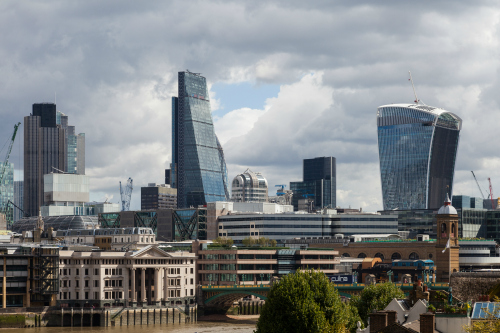London is a mighty city. The largest in England, the UK and indeed the EU, the Big Smoke is a massive, multicultural megalopolis. A shopping pilgrimage, a cultural capital, educational epicentre and financial behemoth, the English capital fulfils many roles and dominates the country.
Home to an estimated population of nearly 10 million people, this number swells daily as commuters flock to work in the city.London is where the head of state Queen Elizabeth lives, where Parliament decides new laws, where the military have their headquarters in Whitehall and where the UK economy comes to trade with the rest of the world.
A truly ‘global city’, London is a place to party, spot fashion trends, hear the next big bands and indulge in a world-beating collection of art. You can see Shakespeare’s plays on an Elizabethan stage, walk across the Abbey Road zebra crossing in the Beatles’ footsteps or watch sports at Wembley, Twickenham, Wimbledon, the Olympic stadium or on the river itself.
London caters for just about every taste and visitors can find a way to fulfil almost every fantasy. But the London-bound expat needs to know a little more about their new home and the neighbourhoods they have to live and work in.
There are 33 districts that make up the Greater London region, the official bounds of a city that actually sprawls well beyond the M25 motorway that supposedly rings it. With the thousands of years that make up London history there are plenty of complicated legacies that give each of these 33 areas their own identity and legal status.
Even born-and-bred Londoners can spend their entire lives cutting across the capital without realising they may actually be passing through three separate cities. Have a read of our guide to the boroughs of London and maybe you can pass for a committed cockney.
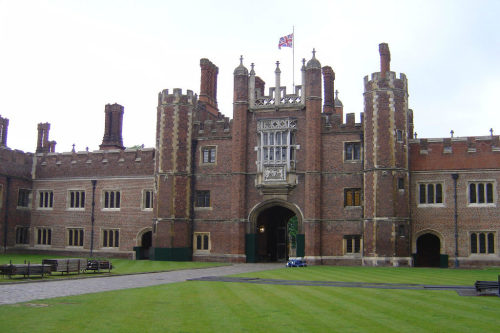
Almost out in the countryside, London stretched out to engulf Richmond in the 1960s, but it has been able to retain its natural beauty thanks to royal decree.
The borough is mostly green and leafy thanks to the 995 acre Richmond Royal Park, decreed by Charles I. Smaller parks have helped keep development in check.
Richmond Park’s stock of fallow deer makes it a popular destination for city dwellers to commune with nature.
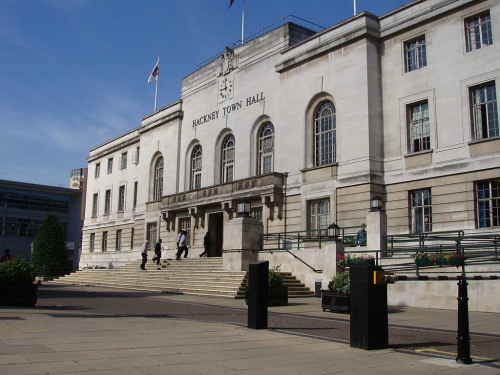
London’s most northerly borough, Hackney has gone from run down and crime-ridden to a trendy and lively neighbourhood with a reputation for art, coffee and antiques markets.
Newly built apartment blocks sit alongside Victorian terraces and the ‘hipster’ residents seek out space in warehouse conversions or on houseboats on Regents Canal.
Hackney is also famous for its Marshes, a playing field reclaimed from boggy ground to become 88 football pitches.
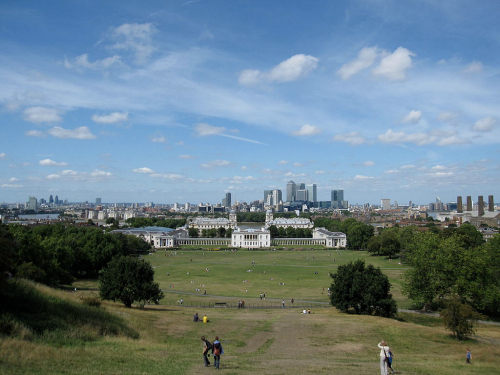
Pretty, leafy and relaxed, Greenwich is like a peaceful suburb on the outskirts of London. In actual fact the borough has played an important part in turning Britain from a small island into a global superpower.
‘Maritime Greenwich’ is a UNESCO World Heritage site that includes the Greenwich Observatory and Royal Naval College. Innovations at this site revolutionised naval navigation and established much of the science upon which modern technology is based.
The borough is also home to the O2 arena, the former Millennium Dome, which is now a giant music venue and entertainment complex.
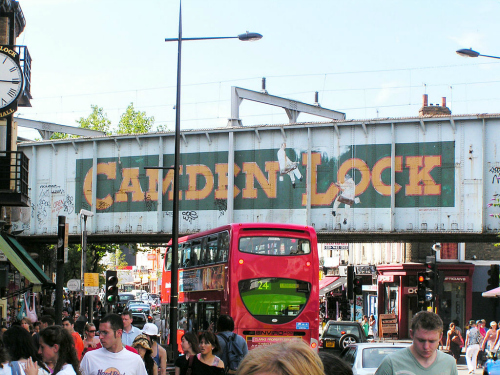
Camden stretches down into the very centre of London, containing three of London’s busiest rail hubs: Euston, King’s Cross and St Pancras International.
The bustling borough is also home to important organisations such as the British Medical Association and renowned colleges such as the Royal Academy of Dramatic Art.
But it is Camden’s wild side that the borough is most famous for. The north of the borough is a world famous place to shop, party and be seen. From Camden Road tube station up to Chalk Farm, there is an electrifying mix of music venues, markets, food stalls, tattoo parlours and fashion boutiques.
From the hippies of the 60s and the punks of the 70s, this area has always been a trendy destination for London’s bright young things.
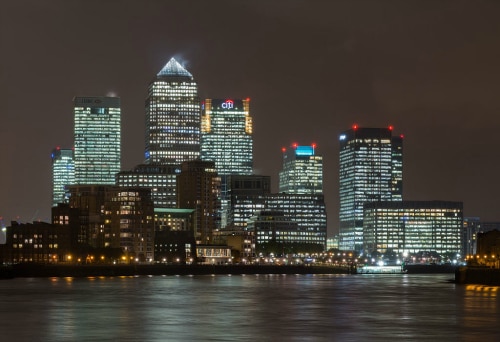
Tower Hamlets covers much of the traditional ‘East End of London’, which saw working class families making ends meet in manual jobs on the docks.
It has also been an area of high immigration, with successive waves of newcomers making themselves at home from Mile End to Bethnal Green and Shoreditch. Currently the largest ethnic group in the borough is Bangladeshi, centred on Brick Lane which is now world famous for its spicy cuisine.
There has been significant investment in the borough in recent years, starting with the development of the financial centre in Canary Wharf, which is now home to some of the wealthiest banking groups.
More recently the borough was given a face-lift in the Stratford area, which played host to 2012 Olympic games.
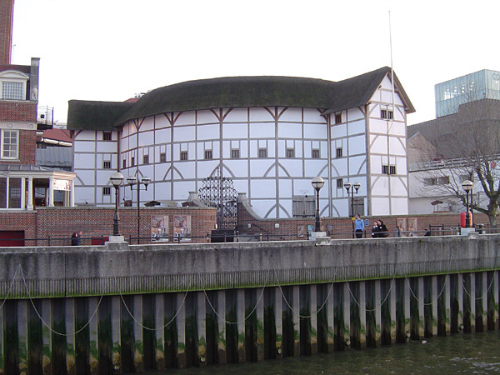
Famous for the never-ending festival of food that is Borough Market, Southwark has enjoyed a market on the same site since Roman times. The area has a centuries-old reputation for hospitality, Chaucer’s pilgrims in the Canterbury tales left from comfortable inns and drank ales in the area.
Southwark spent several centuries offering hospitality of a different kind, being London’s official red light district. Other entertainments such as the theatre saw Shakespeare’s plays performed at the Globe; a replica theatre still stands on the old site.
Today Southwark is a mix of business buildings, transport hubs, tourist attractions like Tower Bridge and HMS Belfast, exclusive residential developments and run-down council estates.
Close to the centre of the city, Southwark has a wide range of properties to suit most budgets, meaning the area has a higher than average rate of home ownership.
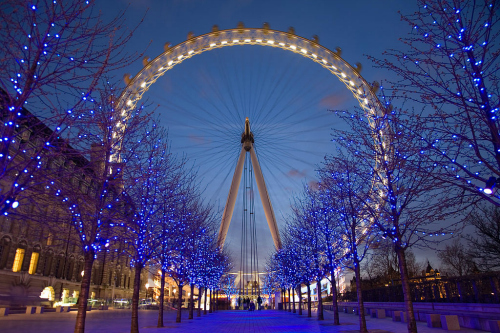
Close to The City and bordering Southwark, Lambeth gets its name from a marsh bank of the river where traders would put lambs ashore. Eventually this marsh was drained and the district became an important part of the city.
Lambeth Palace has been the official residence of the Archbishop of Canterbury, the most senior clergyman in the Church of England. Even today the Palace holds important meetings that influence church practices around the world.
The Palace used to sit close to Lambeth Pleasure Gardens, a long-gone visitor attraction that became renowned for lewd behaviour and illicit liaisons amongst the upper crust of society.
Modern day visitors can enjoy a stroll along the South Bank, which follows the Thames from the iconic London eye to the OXO tower. In between lie street entertainers, amphibious tours, food, theatres, cinemas, markets and art galleries.
Further south is Brixton, the ethnically diverse, rough-and-ready neighbourhood that is gaining a global reputation for good food and great nightlife.
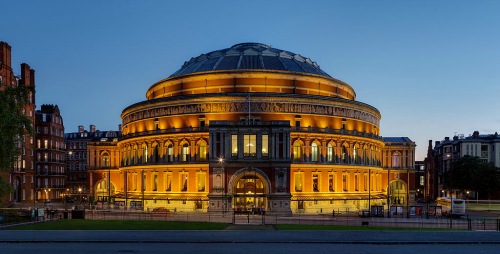
Kensington and Chelsea has a well-deserved reputation for being the home of high fashion and luxury living. The combined borough is home to the prestigious and pricey Harrods, Harvey Nichols and Peter Jones department stores.
The wealthy will travel from around the world to buy jewellery, fashion and furnishings from these posh shops. And living in the borough is not cheap either, with million pound town houses being the must-have accessory for playboy princes and billionaires with cash to splash.
But not all residents are loaded or landed. The area is popular with French expats, giving it the jocular nickname ‘the 21st arrondissment of Paris’. The borough also covers the Notting Hill area; now a trendy neighbourhood, it was once the centre of Caribbean immigration and still keeps a tropical flavour.
Each year a million revellers descend on Notting Hill to party at Europe’s largest carnival.
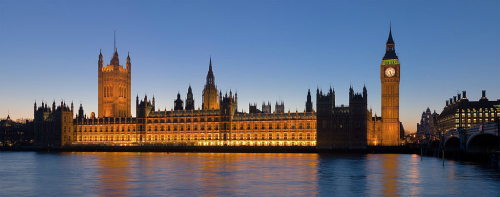
Much of what London is famous for actually resides in the City of Westminster. The Houses of Parliament with Big Ben, the Prime Minister’s house at 10 Downing Street, the theatres and glitz of the West End and the shops on Oxford street, Regent Street and Piccadilly.
As ‘London’ as Westminster now is, the city was once an entirely separate settlement, neighbouring London to the East but set apart from it. The name Westminster comes from the mid 11th century, when Edward the Confessor ordered a mighty church, or minster, to be built to the west of London.
For centuries the two settlements were divided by fields and it took nearly another 500 years for the gap between them to fill in with houses. Now home to nearly a quarter of a million people, Westminster has become a byword for the political process of government in the UK.
The mighty clock attached to the Houses of Parliament, commonly known as Big Ben, dominates Westminster; the nickname actually references the big bell that booms at the top of each hour. Not only does the city contain the debating chambers, but hundreds of government departments and supporting offices.
Red police cars are commonly seen buzzing through the streets, supplying the only police officers in the UK to be routinely armed in order to protect these sensitive locations.
Westminster isn’t just about government. There are 12 universities with campuses in the area and head offices for global corporations. BAE Systems, Rio Tinto, British American Tobacco and Rolls Royce sit side by side with dozens of other billion-pound businesses.
After leaving the office, workers can unwind with entertainment thanks to Theatreland, London’s answer to Broadway, being just a short walk away. Alternatively the National Gallery and National Portrait Gallery offer a selection of art.
Many of London’s tourist attractions are within Westminster, including Covent Garden, Trafalgar Square and Buckingham Palace. Whilst expats can enjoy these sights, they will quickly learn the times to avoid these areas and their accompanying hordes of tourists.
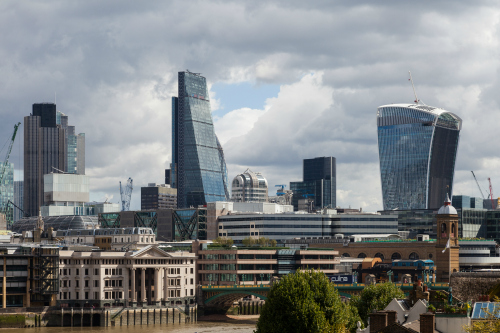
The historical heart of London is actually a city in its own right. This is sometimes referred to as ‘The City’, which in turn can be used to describe the financial trade, much of which is based in the area.
Approximately a square mile in size, hence its other nickname, the area occupies the location of the first roman settlement, Londinium, established in approximately 47 AD. There may have been Bronze Age Brits calling the area home, but it was the Romans who turned the village into a thriving port and surrounded it with a mighty wall.
London Wall still stands in parts of the city and represents the boundary of The City and its neighbouring boroughs. Building work still digs up artefacts from Roman times.
The city foundered for several centuries until Alfred the Great rebuilt the wall in 886 AD, and London has been inhabited ever since. In 1006 William the Conqueror’s troops flooded across the nation and London’s landmarks started to take shape. William built the Tower of London and rebuilt London Bridge.
Unlike the other city boroughs, The City has not physically grown over the centuries; instead it has become wealthier, more powerful and more unique.
Today only 7,000 people actually live there, but over 300,000 work in the Square Mile and its business activities account for 2.4% of the total UK economy. This is an interesting fact given a quirk of history.
Technically the City is a corporated city, lead by a Lord Mayor voted into office by leaders of business in the city. This tradition makes The City the continuously-elected local government and gives it a certain amount of autonomy from the Crown.
There’s a lot of pomp and pageantry that goes with The City’s unique history, but this is also evident everyday when walking the streets. When walking from a neighbouring borough to The City, keep an eye out for the dragon statues, which guard the border.
Also look out for telephone boxes painted black rather than the usual red, and police officers sporting gold badges on their helmet rather than silver. This seeming lack of colour co-ordination with the rest of London is due to the fact that The City runs its own police force and negotiated its own deals for phone services.
The area is packed with landmarks, including 16 skyscrapers over 100m in height. Modern architecture fans can explore the Barbican development and the Lloyd’s building, whilst history fans can visit the Guildhall, Mansion House and of course, St Paul’s Cathedral.
Stay tuned for parts two and three of our London borough guide!
What are your favourite parts of London? Let us know in the comments!
Article by Andy Scofield, Expat Focus International Features Writer

